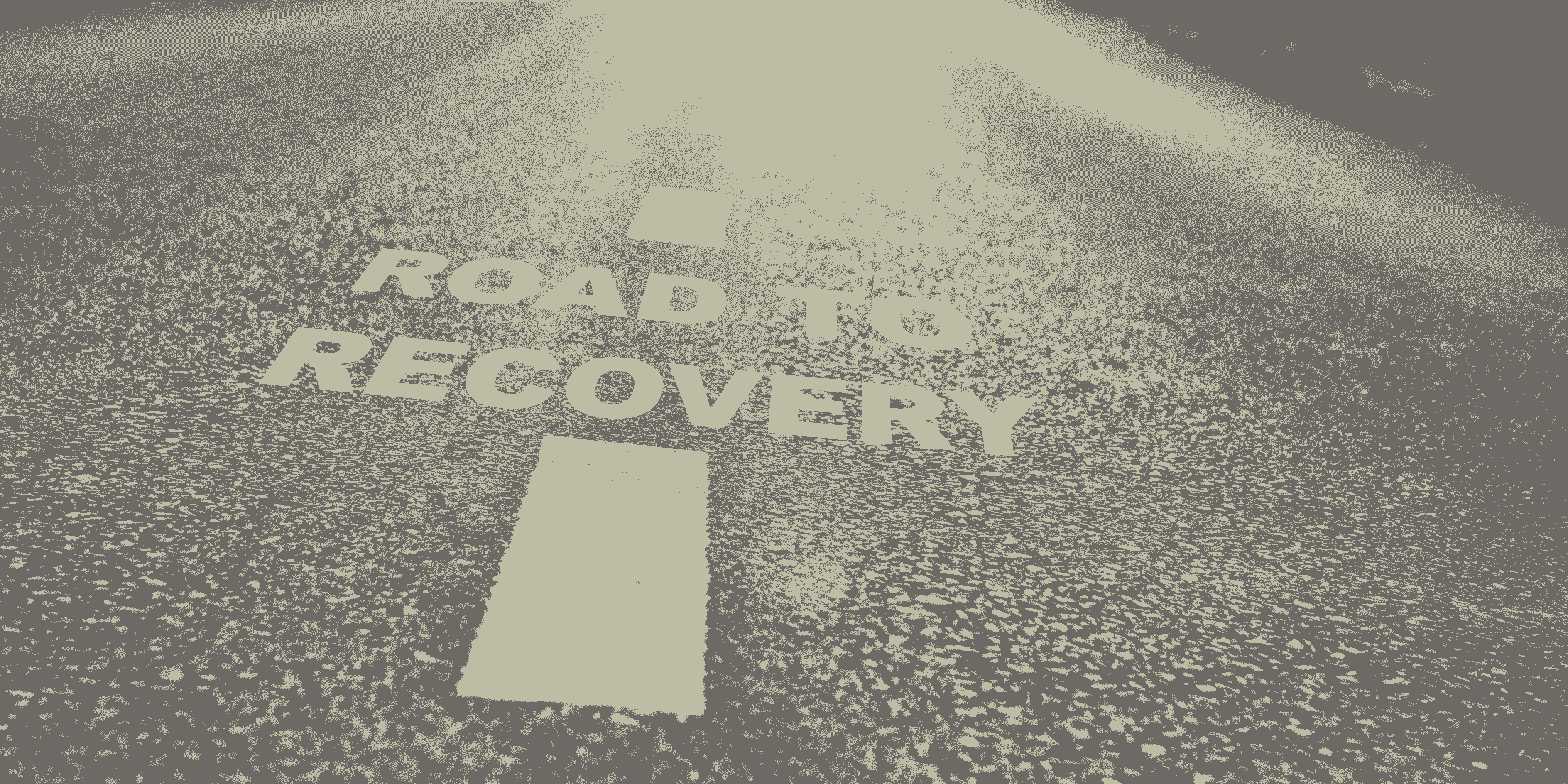7 Components of a Disaster Recovery Plan for Non-profits
Backup & Disaster Recovery
Disaster Recovery Plan (DRP): What Is It and Why Is It Important?
Disaster recovery is duplicating the IT infrastructure of your non-profit in a different location. As a result, in the event of a disaster, the secondary site will take over as the production site, allowing non-profits to continue operating.
It was estimated that 43% of companies will shut down after a substantial data loss in the absence of a proper Disaster Recovery Plan. A DRP includes clear instructions to return to normalcy after a disaster and to minimize delays. Disaster Recovery is a part of the BCP as it offers complete IT recovery and prevents data loss.
7 Components of A Disaster Recovery Plan for Non-profits:
Here are the seven components that every non-profit needs in its disaster recovery plan:
1. Forming a Disaster Recovery team:- The Disaster Recovery Plan will be created, executed, and maintained by a DR team.
- A DRP ought to list the team members, describe their duties, and include their contact information.
- Everyone needs to be aware of the DRP, understand it, and know what must be done in the event of a crisis.
- The risks pertaining to non-profits should be determined and evaluated by the disaster recovery team.
- Natural disasters, man-made disasters, and technological incidents should all be included in this stage.
- This will help the disaster recovery team identify the resources and recovery techniques needed to recover your non-profit from disasters within a defined and reasonable timeframe.
- Organizations ought to think about creating both a DRP and an Incident Response Plan.
- IRPs are more concerned with quick action. However, if the attack worsens or becomes fatal, the process switches to disaster recovery and BCP.
- Take note of key processes that are essential to your success. In addition, spend some time ranking them in ascending importance.
- Don't forget to take a close look at the outside operations that affect your non-profit, such as your supply chain, power, telecommunications, and logistics.
- It is important to specify what must be backed up, who should do it, how to do it, where to put it, and how often.
- Backing up all essential software, hardware, and documents are advised.
- A copy of the DRP and other essential supplies needed for daily operations should be kept off-site.
- A non-profit must have a detailed plan in place for informing key stakeholders, such as management, employees, compliance officials, and the media, in the event of a crisis.
- Donors and other stakeholders will feel comforted and be more likely to continue associating with your organization when there is a clear channel of communication with them about an event.
- Non-profit organizations should develop a disaster recovery plan that considers Recovery Objective metrics.
- The time it takes for your non-profit to recover its IT and the amount of data you can lose without it impacting your organization are both specified by the recovery objective metrics.
- They will also assist in pinpointing the amount of information and time needed to resume normal operations following a disaster.
- Since threats from emergencies and disasters are constantly changing, disaster recovery planning must be a continuous process.
- Non-profits are advised to evaluate their DRP on a regular basis to determine the applicability and efficiency of the methods indicated in the plan.
Summary:
A Non-profit’s overall business continuity plan must include a carefully thought-out disaster recovery plan. Nobody likes to think about disasters, but the worst-case scenario is being unprepared in a high-stress circumstance when a community, employees, and volunteers depend on you for support.
Fourth Dimension Technologies tackles all underlying IT infrastructure challenges with a single interface called "IT Infra In A Box", like business continuity, security and compliance, managed services, and more. Contact us today to get started.
